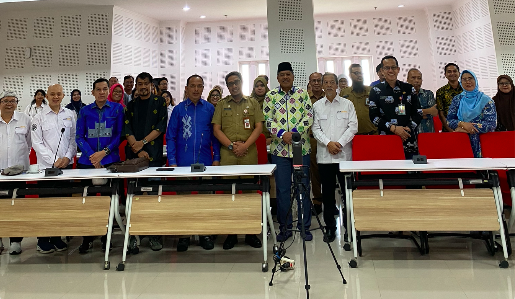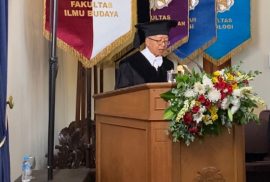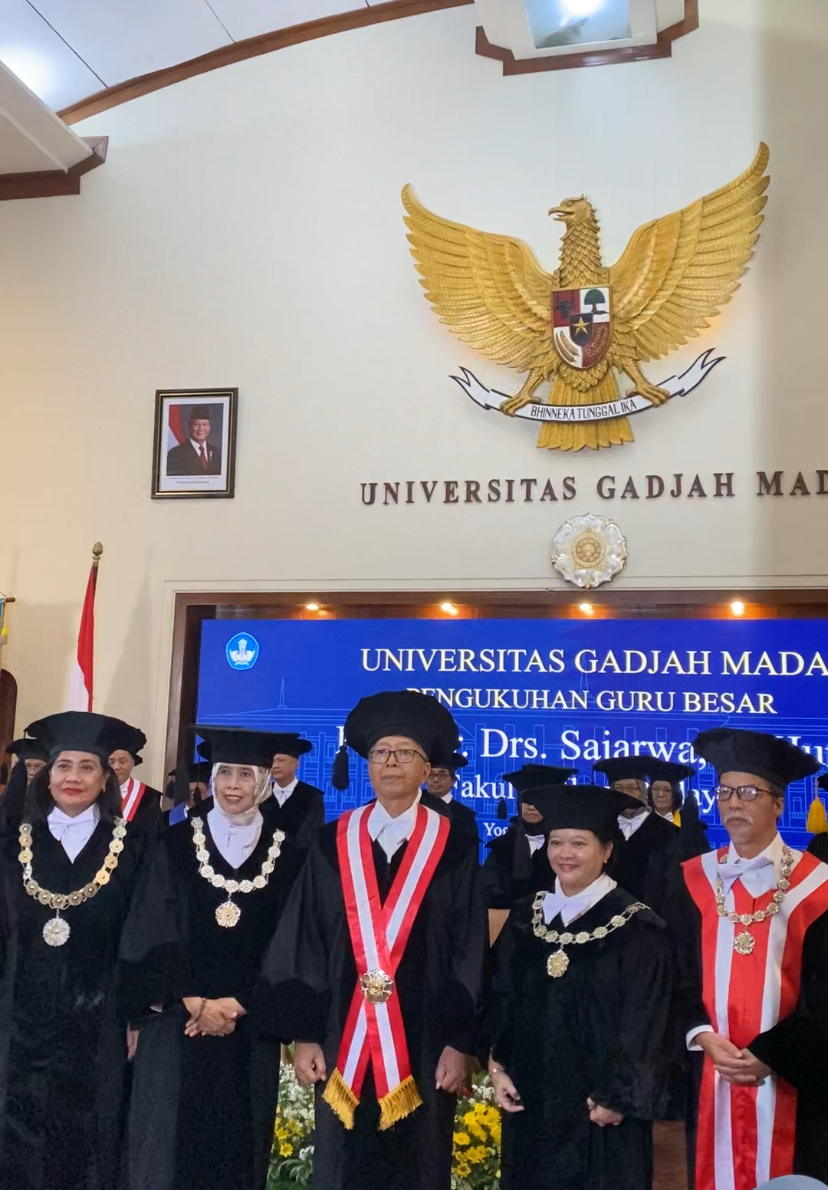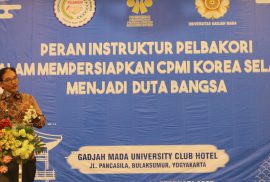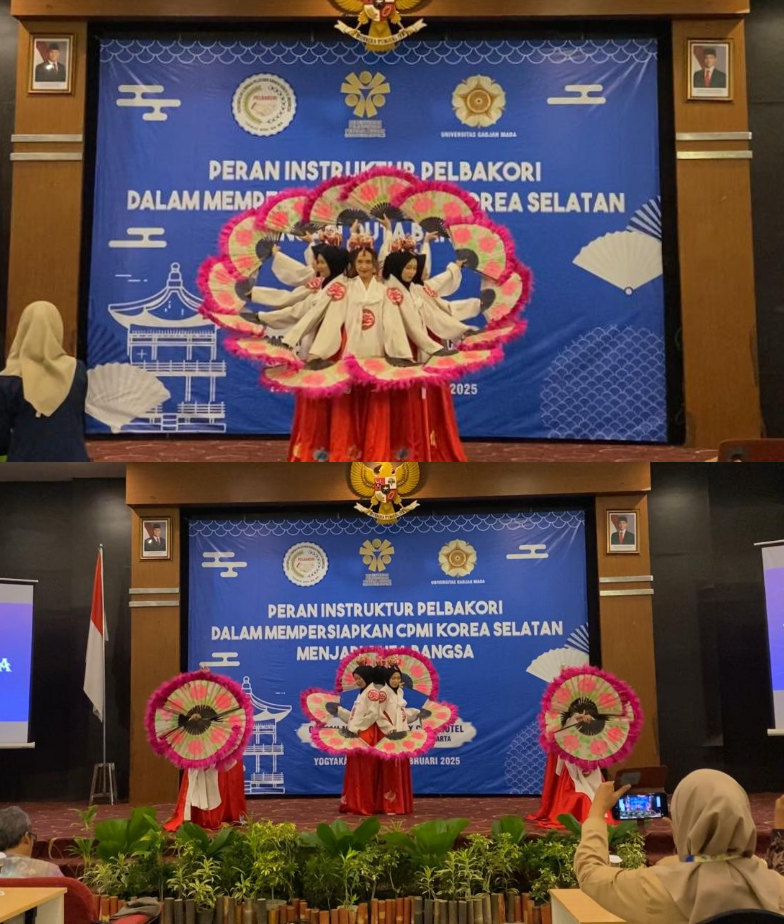Yogyakarta, 22 February 2025 – Faculty of Cultural Sciences (FIB) Universitas Gadjah Mada (UGM) held a festive Family Day event as part of its 79th Anniversary celebrations. The event aimed to strengthen the spirit of togetherness among faculty members, students, and their families, while promoting health and well-being, in line with the Sustainable Development Goals (SDGs) related to affordable medicines and health for all.
The day began with an invigorating ‘health walk’, which attracted participants of all ages. Families gather early in the morning, ready to enjoy the beauty of the campus neighbourhood while getting some physical activity. The initiative not only encouraged healthy lifestyles but also emphasised the importance of affordable health resources, including medicines, which are crucial for maintaining well-being.
After the healthy walk, participants joined in a lively ‘gymnastics’ session led by professional instructors. The exercise was designed to be inclusive, allowing everyone to participate regardless of their fitness level. The activity highlighted the importance of regular physical activity in preventing health problems and promoting healthy communities, which are key aspects of the SDGs.
Entertainment was provided by ‘Karawitan Dharma Wanita FIB’ and ‘Sastra Oebah,’ which featured traditional music and dance performances. These cultural performances not only entertain the audience but also strengthen the faculty’s cultural identity and promote appreciation of local arts. This kind of cultural engagement is essential for community cohesion and well-being.
In addition to the entertainment, the event also featured a health check booth from POSBINDU, where participants could receive free health checks. This initiative aims to raise awareness about the importance of regular health check-ups and access to affordable healthcare, which are essential components of the SDGs. The presence of medical personnel ensured that participants could receive valuable information on maintaining their health.
Children were not left out of the festivities either, as colouring and drawing competitions were held for them. These activities encourage creativity and provide a platform for young talents to express themselves. The competition also built a sense of community among families, as parents cheered for their children and engaged in friendly conversations with each other.
As time went on, door prizes were distributed to lucky participants, adding an element of excitement to the event. In addition, awards for the volleyball and badminton competitions held earlier were also handed out. These sports activities not only promote physical fitness but also encourage co-operation and camaraderie among faculty members and students.
The Family Day event closed with a sense of achievement and happiness among all participants. The event successfully brought the FIB community together, reinforcing the values of health, culture, and collaboration. The Faculty’s 79th Anniversary celebration is not only a reflection of its academic achievements but also a commitment to building a healthy and inclusive environment for all.
In conclusion, the Faculty’s Family Day event was a great success, highlighting the importance of health, culture, and community engagement. By promoting activities in line with the SDGs, particularly in terms of affordable medicine and health, the faculty demonstrates its dedication to the well-being of its members and the wider community.
[Public Relation Faculty of Cultural Sciences UGM, Bulan Churniati]



